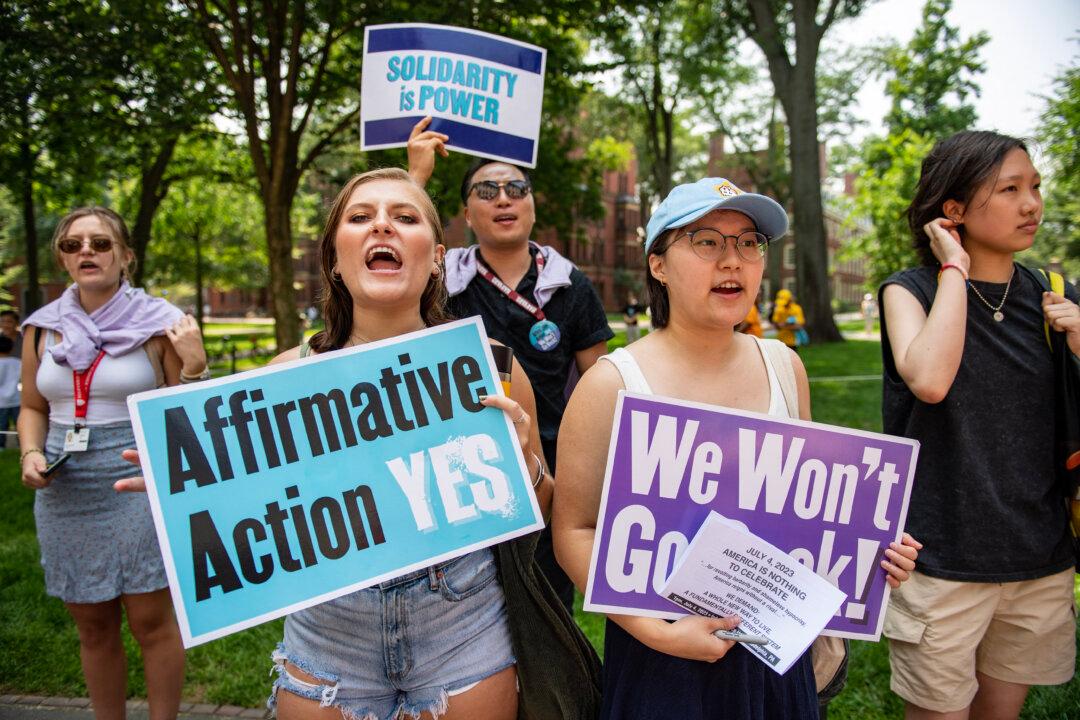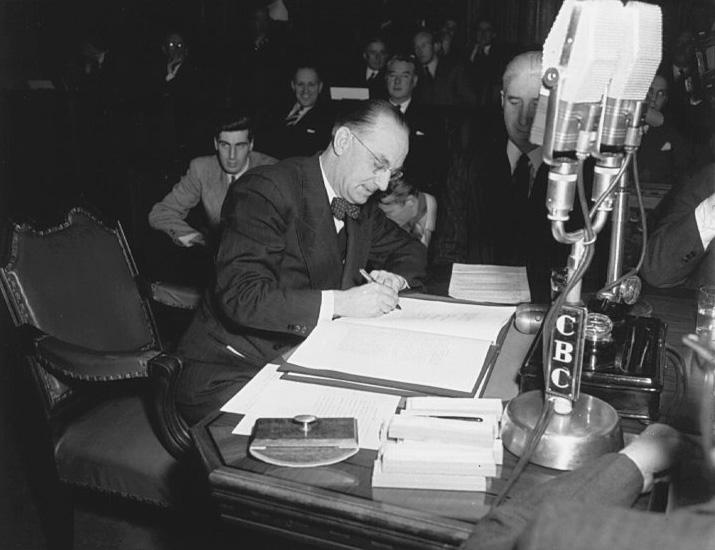Commentary
In “Civilization: The West and the Rest” historian Niall Ferguson asks why, from about 1500 AD, the West was able to rise from being a backwater of illiterate, unhygienic bumpkins to become the greatest civilization the world had ever seen. He suggests an answer: the West created what he calls “the six killer apps” that “allowed a minority of mankind originating on the western edge of Eurasia to dominate the world for the better part of 500 years.”





